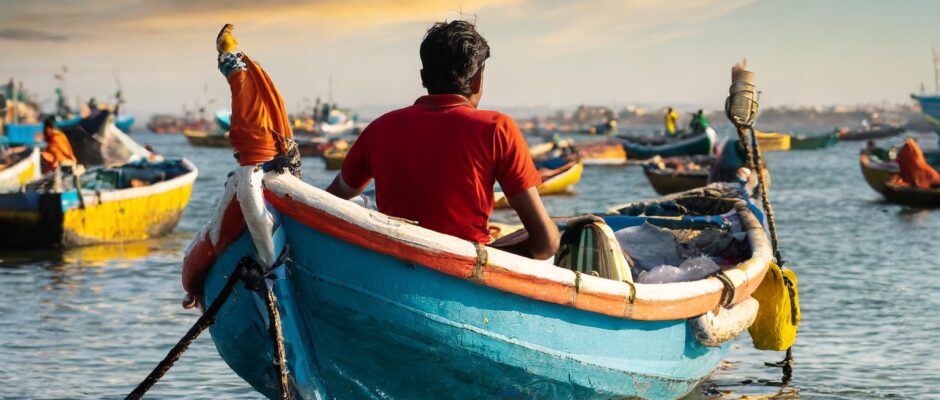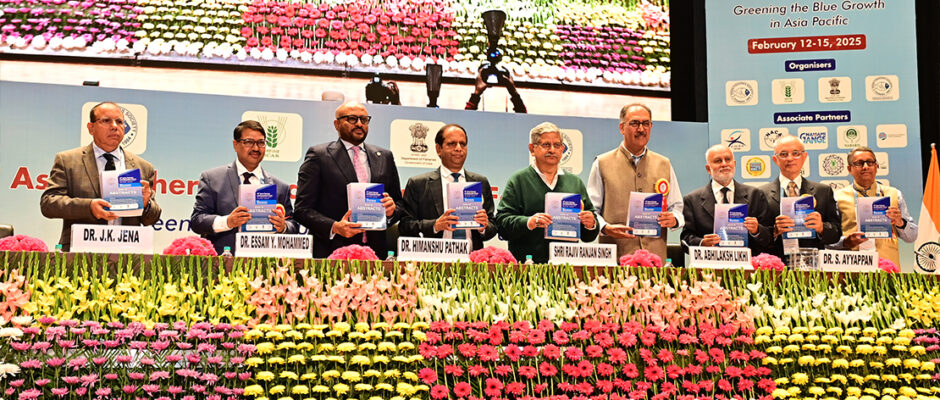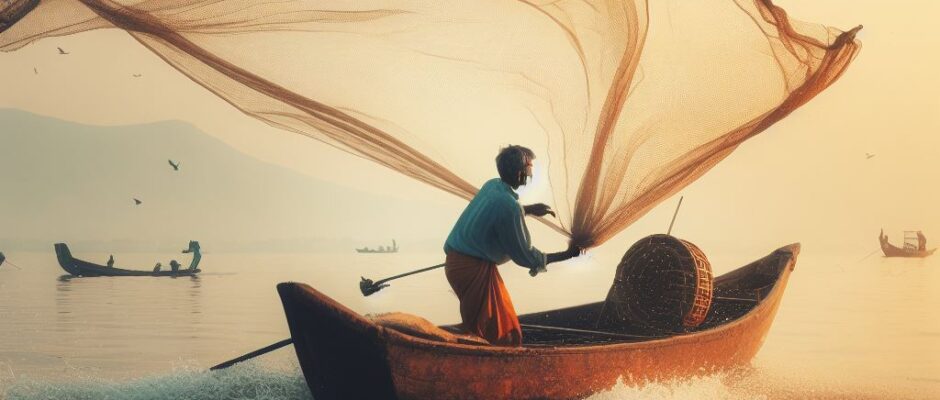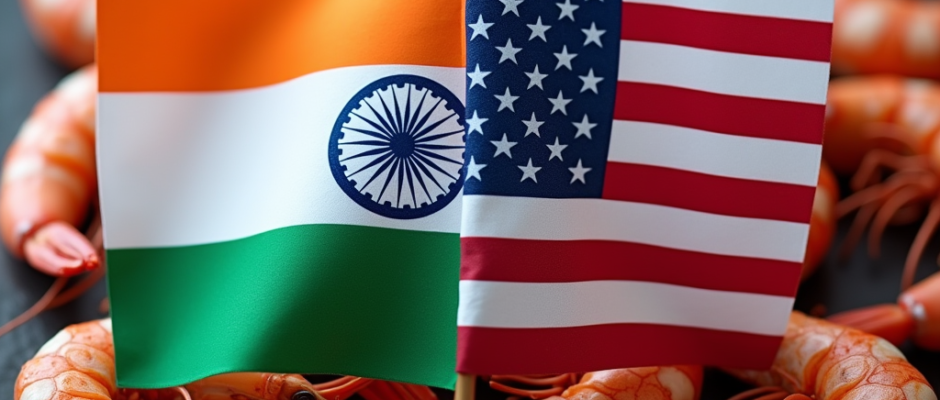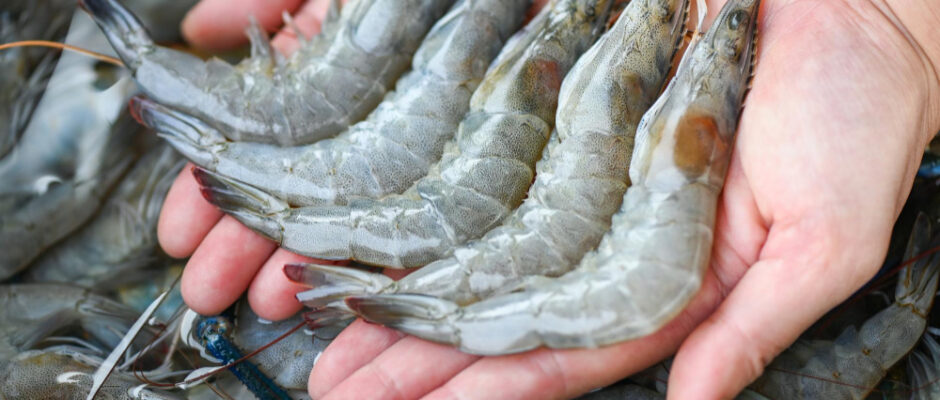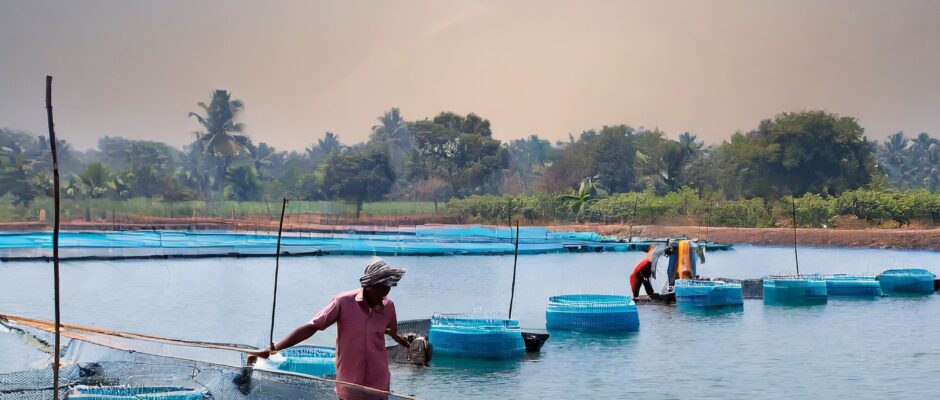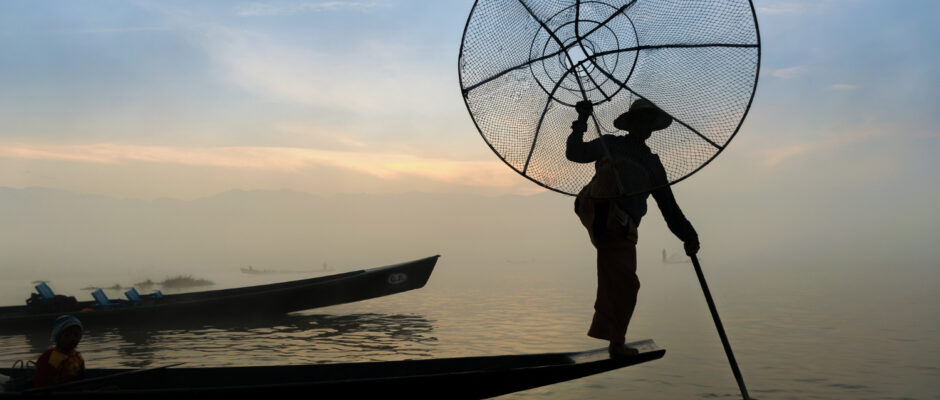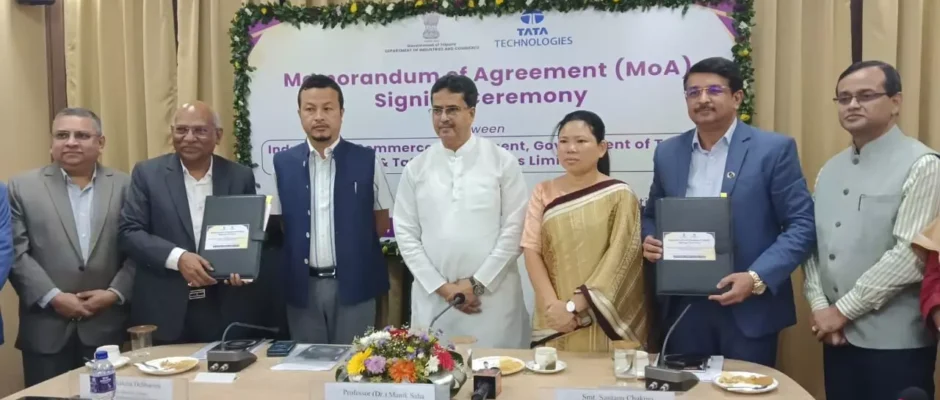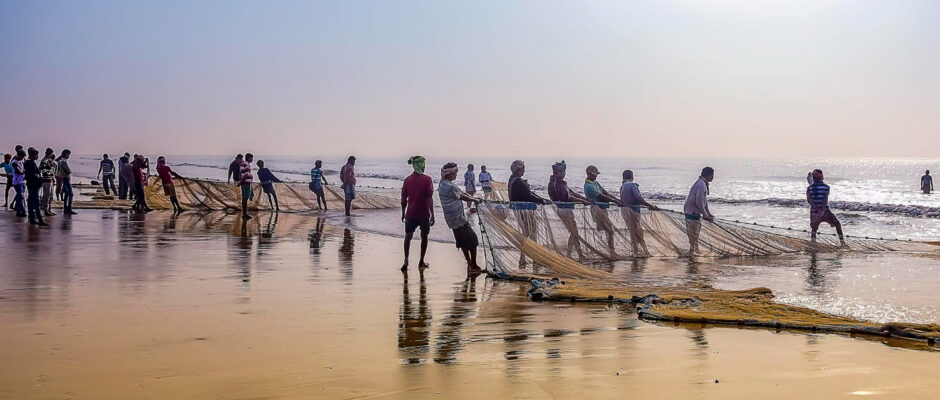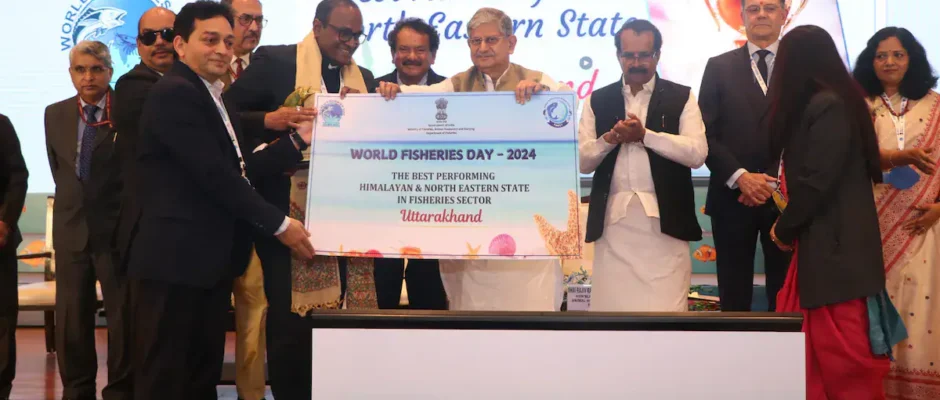World Aquaculture 2025 India: Opportunities, Options, and Optimism
The highly anticipated World Aquaculture 2025 India conference is set to take place in Hyderabad from November 10 to 13, 2025. This prestigious event, part of the World Aquaculture conference series, returns to India after its successful debut in Chennai in 2019. This year’s conference will focus on the broad theme of “Opportunities, Options, and Optimism,” aiming to inspire innovation and foster collaboration within the aquaculture sector. Event Highlights Networking and Knowledge Exchange Over the three-day event, attendees will have the opportunity to network with industry professionals, researchers, and entrepreneurs. Specialized sessions will cover a wide range of aquaculture topics, providing a platform for in-depth discussions and knowledge sharing. This event is designed to bring together experts and professionals from around the world to explore the latest trends, challenges, and opportunities in the aquaculture industry. Trade Exhibition Parallel to the conference, a three-day trade exhibition will feature both international and Indian companies showcasing the latest products, services, and equipment essential for efficient aquaculture management. The trade show will provide an additional opportunity for attendees to connect with potential partners, explore new technologies, and discuss solutions to drive progression in the aquaculture industry. Call for Abstracts The event organizers are inviting abstract submissions for presentations on aquaculture research, projects, or innovative ideas. This provides an excellent opportunity for participants to present their work to a community of experts and professionals. Abstract submissions will be accepted until August 31, 2025. Key Themes and Sessions The conference will cover a wide range of topics, including: Why Attend? World Aquaculture 2025 India offers a unique opportunity for professionals, researchers, and entrepreneurs to: Conclusion World Aquaculture 2025 India promises to be a significant event in the global aquaculture calendar. With its focus on “Opportunities, Options, and Optimism,” the conference aims to inspire and foster collaboration within the sector. Attendees will have the chance to engage with industry leaders, explore cutting-edge technologies, and contribute to the future of sustainable aquaculture. About The Fish Site The Fish Site is a leading online platform dedicated to providing the latest news, analysis, and insights into the global aquaculture industry. For more information on World Aquaculture 2025 India, visit The Fish Site.



